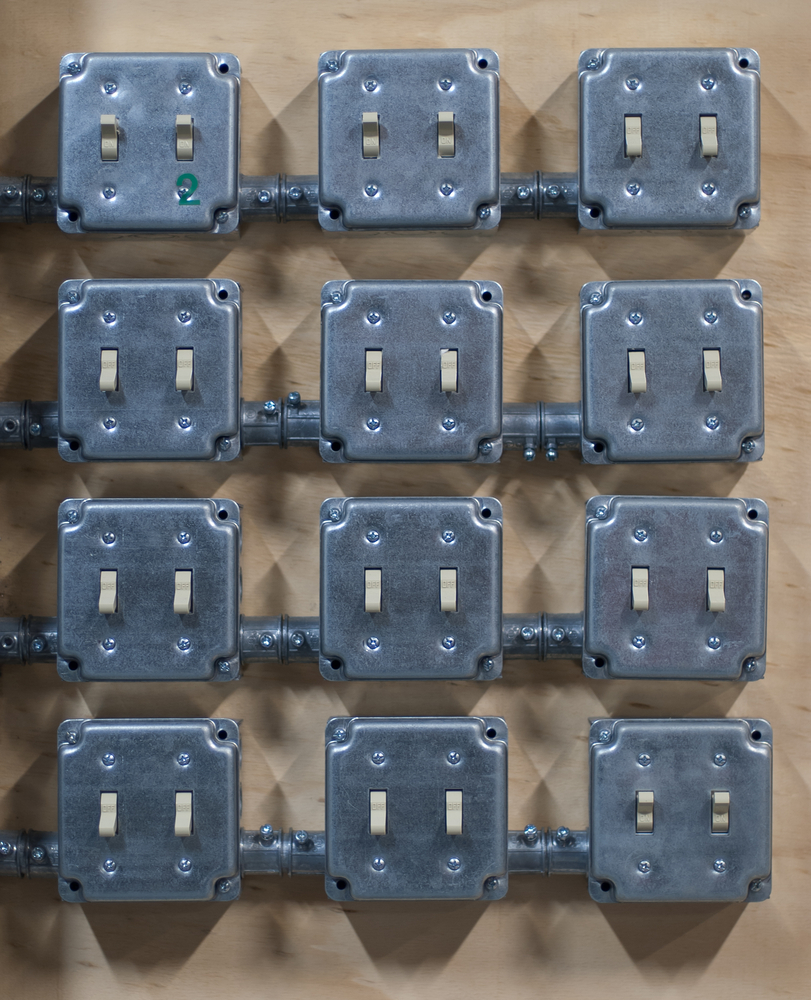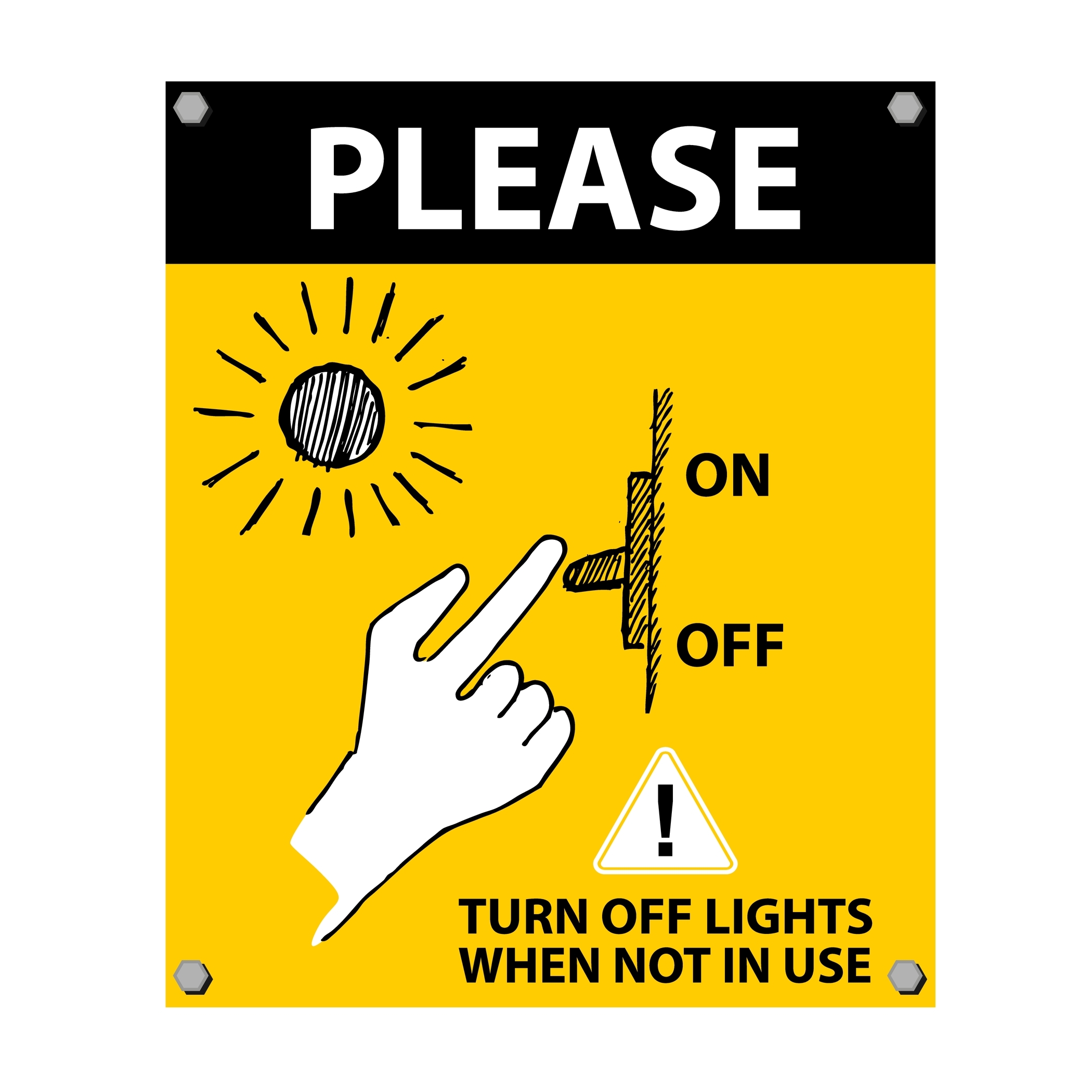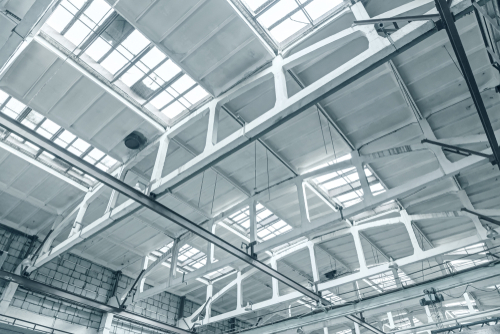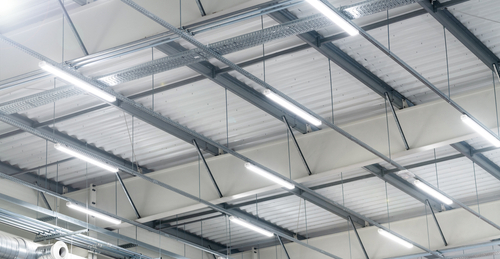Energy
is wasted if lights are on when they are not needed. Introducing lighting
controls, such as motion detection, daylight control and timers can deliver
savings of between 30% and 50%.
Lighting
controls are widely used for indoor and outdoor lighting of commercial and
industrial spaces. Automation is useful in areas that are unoccupied for long
periods of time, or where this no ‘ownership’ of the space.
There
are three main types of lighting control that can be used separately or
together:
- Motion
detection
- Daylight
control
- Timers
If
you are worried about installation costs, it is important to note that you do
not always need to rewire the lighting to automate it. Many switches and
automatic controls can now operate wirelessly.
Motion detection systems
Motion
detection systems rely on movement (or a lack of movement), and can be used to:
- Detect
when someone is an area and switch the lights on
- Switch
the lights off when people leave
Examples
of places where motion detection works well are storerooms, corridors,
warehouses and toilets. Be careful of using motion detection areas where people
are usually sitting down for long periods, otherwise they will need to wave
their arms around if the lights turn off.
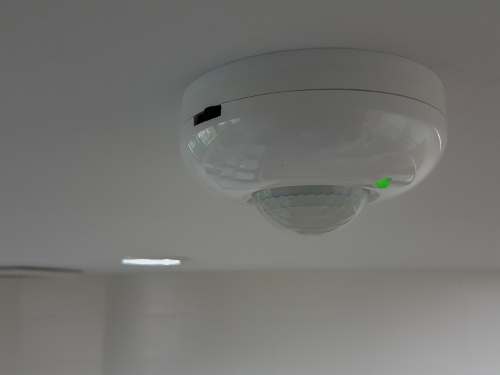
There
are different motion detection technologies which should be used in different
situations. Passive infrared (PIR) sensors are good for long thin spaces like
corridors or smaller rooms. Microwave sensors are good for large areas, as they
have detection ranges up to 30 meters, and ultrasonic sensors are good for
partitioned spaces, such as toilets.
There
are a few key considerations for motion detection systems:
- Positioning
of sensors: Lights need to come on instantly when someone enters a space.
- Manual
override: This is necessary so lights can be switched off or on if needed.
- Setting
the controls: Consider the time periods for lights on. For example, in toilets
you should ensure lights are switched on for at least 10 minutes.
Timer control systems
Timer
control systems can be used to switch lights off when they are not needed.
Installing a seven-day timer can help to create a specific lighting pattern for
your building or warehouse. Some timers have multiple on and off switch times
for added flexibility.
They
are particularly useful in certain situations, for example if your site is
closed on the weekend, you can set lighting to be automatically turned off on
Friday evening, until Monday morning when staff return.

